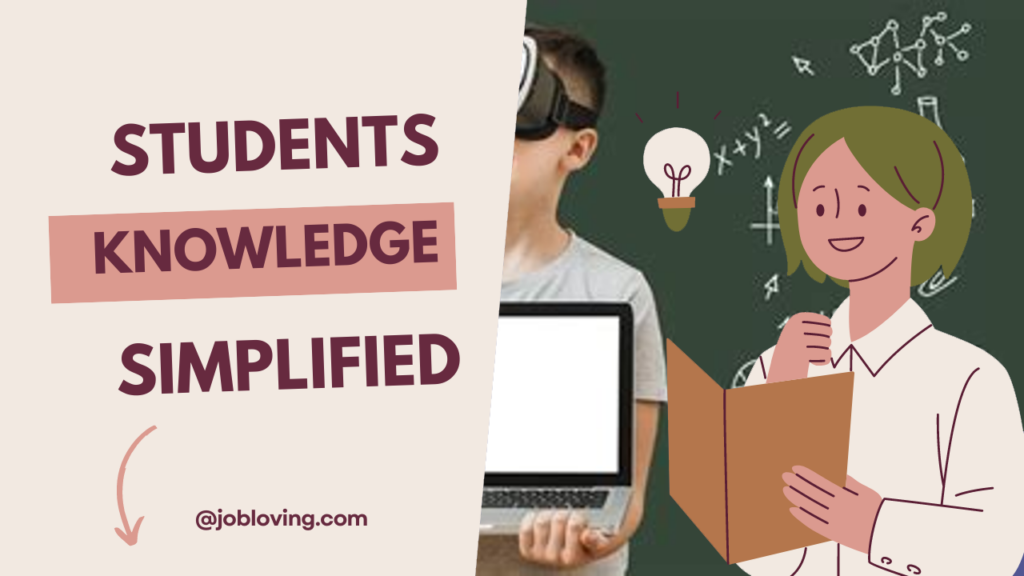Navigating the murky waters of academic integrity has never been more challenging, thanks to the rise of AI writing tools. If a student, who typically grapples with grammar and spelling, suddenly submits an immaculate paper, red flags should go up. This could be a quintessential clue pointing toward AI involvement. The discrepancies in writing quality, especially when they contrast starkly with a student’s usual work, often signal something fishy in the academic stew.
These AI writing tools churn out content with a characteristic lack of personal flair. When a student handed in a paper, but the writing lacks personal anecdotes or a distinct voice, chances are it might not have originated from that student’s own creative well. Imagine reviewing a piece of writing that feels like it was compiled from random facts and insights without any of the messy, authentic human touch—that’s a key feature of AI-generated text. The absence of the typical quirks and errors we expect from a student’s writing, like those charming typos or unique expressions, also raises eyebrows.
Detection tools are stepping up their game, but they come with their own set of challenges. For instance, even the most sophisticated AI detection software can be deceived; misidentifying human-crafted texts—like historical documents—as AI-generated is not uncommon. Additionally, non-native English speakers wrestle with detection inaccuracies, often facing false positives that can reach a staggering 70%. So, relying solely on these tools can lead educators down a problematic path. It’s vital for educators to blend technological insights with their own judgment.
When investigating a suspicious paper, consider diving into Google Docs’ Version History. This feature reveals a student’s writing process and may highlight significant shifts that suggest AI input. Also, engaging students in friendly discussions about their writing can unearth gaps in knowledge or understanding, pointing to AI reliance. Quizzing them about their paper can be particularly illuminating; if they struggle to articulate their ideas, it might reveal that they didn’t genuinely grasp the material.
Another element to watch out for is the writing’s complexity. AI tends to deliver a uniformly structured piece that often lacks the creative spark that human writers bring to the table. If the language seems overly intricate or the text feels unusually sophisticated for a student’s current level, it raises suspicions. Confirming the accuracy of any facts or quotes present is also mandatory, as AI students often fabricate sources that appear credible.
To add another layer of nuance, students may struggle to relate their academic work to personal experiences, which can often feel absent in AI-generated writing. It’s a substantial loss when students neglect their unique voices, replaced instead by a generic tone. Encouraging personal expression encourages differentiation, making it easier to spot work that’s purely AI-driven.
Integrating these considerations can foster an environment where independent thought flourishes despite the allure of technological shortcuts. Continuous improvement of AI detection tools must be a priority as generative AI evolves, and collaboration among educators becomes critical for sharing effective strategies in detecting AI assistance, promoting academic integrity, and encouraging genuine student engagement in the writing process.
Ultimately, as classrooms evolve in the presence of AI technology, striking a balance that retains the authenticity of student work is imperative. Fostering critical thinking and a deeper understanding of their unique perspectives equips students to rise above the ease of AI tools, preserving the essence of what education is all about.
How can educators effectively differentiate between AI-generated and human-written content?
Educators can utilize a combination of AI detection tools, analysis of writing styles, and engaging discussions with students about their submissions. Monitoring writing behaviors through platforms like Google Docs can also provide insights into authorship. Additionally, educators should be aware of the limitations of detection tools and the potential for false positives, particularly with non-native English speakers.
What are the implications of AI reliance on student learning and academic integrity?
The reliance on AI tools in education raises significant concerns about students’ development of independent writing skills and critical thinking. While AI can assist in generating content, it may also lead to a detachment from personal expression and understanding of the material. Educators must balance the integration of AI with traditional assessment methods to preserve academic integrity.
What characteristics of writing might indicate AI involvement in student submissions?
Indicators of AI involvement include uniform structure, lack of personal anecdotes, and significant deviations in writing style. AI-generated texts often exhibit an absence of emotional depth, complex analysis, and unique mistakes typical of human writing. Additionally, unusual phrases or overly complex language may suggest AI authorship.
How can educators adapt to the evolving landscape of AI in education?
Educators can adapt by engaging in professional development focused on AI usage, collaborating with peers to share effective strategies, and fostering critical thinking among students regarding AI tools. Continuous improvement of detection methods and maintaining awareness of AI limitations will empower educators to support student learning while addressing the challenges posed by AI in academic settings.

